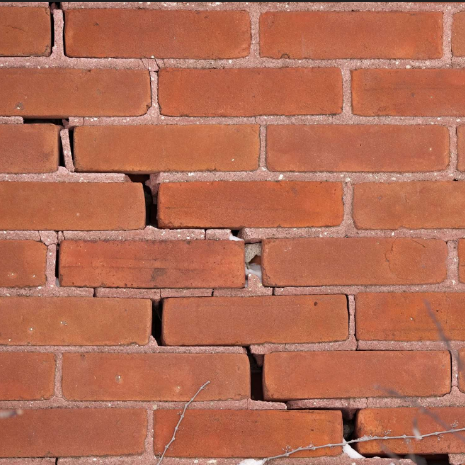Insurance Claim - Settlement v Subsidence

posted 29th September 2025
1. Technical definitions
• Settlement – usually defined as downward movement of the ground caused by the weight of the building itself compressing underlying soils. It is generally considered to occur early in the life of a building or after significant structural changes.
• Subsidence – downward movement of the ground independent of the building’s weight, often caused by factors such as shrinkage of clay soils in dry weather, escape of water, tree root desiccation, or mining activity.
The key difference is cause, not just the symptom of cracked or uneven floors.
2. Counter-arguments you could use
• Timing – If the building is older and has been stable for many years, new cracks appearing suddenly in dry weather strongly suggest subsidence rather than initial settlement, since true settlement would have occurred long ago.
• Cause – If the movement coincides with exceptional dry weather and shrinkable soils, this is a recognised trigger for subsidence, not settlement.
• Severity & pattern – Localised cracking, distortion of openings, and differential movement are consistent with subsidence. Uniform downward movement is more typical of settlement.
• Policy wording – Many policies cover “subsidence, heave or landslip”. If the cause is shrinkage of clay due to dry weather, that falls under subsidence. The insurer must demonstrate, with evidence, that the cause is excluded.
• Case law / Ombudsman approach – The Financial Ombudsman has previously taken the view that if damage is due to soil shrinkage or similar external causes, it should generally be classed as subsidence rather than settlement.
3. Should insurers use this tactic?
Insurers often try to argue “settlement” because it shifts liability away from them. However:
• If the property is decades old, it is unreasonable to class fresh damage as settlement.
• Where environmental conditions (dry weather, trees, drainage issues) are implicated, subsidence is the more accurate classification.
• Using “settlement” as a blanket rejection tactic could be challenged as unfair under the Consumer Rights Act 2015 and through the Financial Ombudsman Service.
Good counter-argument in short form:
“True settlement happens early in a building’s life as the structure beds down. The recent and sudden cracking following prolonged dry weather is consistent with soil shrinkage and subsidence, which is an insured peril. It is not reasonable for the insurer to label this as settlement to avoid liability.”




